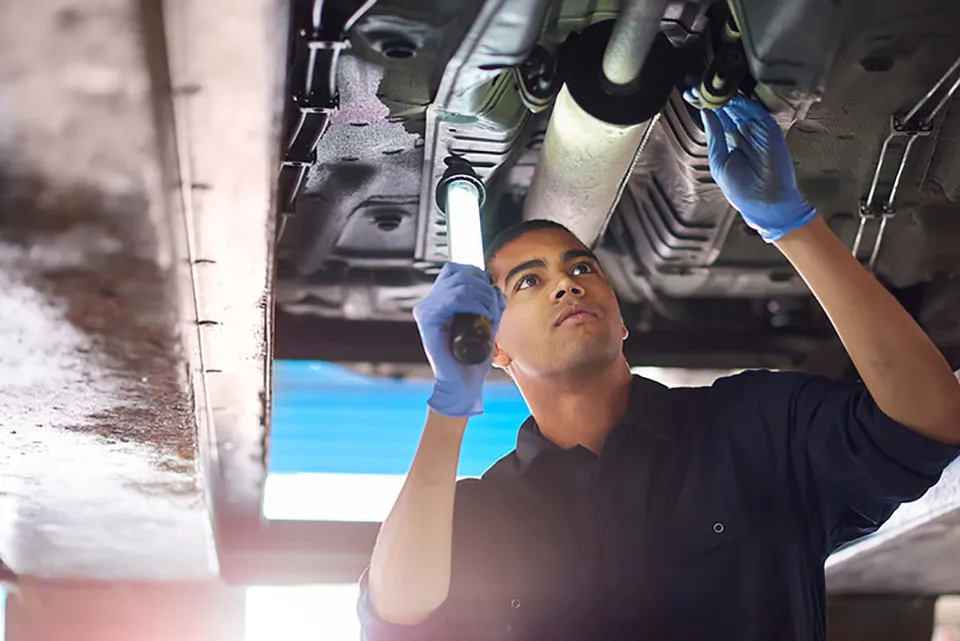Leasing companies must analyse the usage profile of individual vehicles if they are to accurately forecast future service, maintenance and repair costs, according to experts.
Given the breadth of operating cycles in terms of vehicle age and mileage outside of the traditional three years/60,000 miles, a wide range of cost management tools are available to organisations to accurately forecast component mortality rates.
Contract hire and leasing companies should be using their own real-life in-vehicle data - perhaps gleaned from the 1Link or another transaction platform - and marry that to component burn rate information compiled by specialist industry SMR cost providers.
Leasing companies can then, according to Jason Fitzgerald, account director, UK Motor Innovation Motorconsult, apply a spread to the forecast and factor in a percentage of the parts replacement cycle linked to contracted mileage terms.
“The longer a vehicle is on the road the more likely that items such as the clutch, exhaust or cambelt will need replacing,” said Fitzgerald.
However, with longer replacement cycles it is vital, according to Mr Fitzgerald, that leasing companies analyse individual vehicle usage profiles as completely different results are likely to occur in respect of the replacement of friction components.
For example, the age replacement cycle on two vehicles may be identical but the usage profile of one maybe high mileage motorway driving, while the second model maybe low mileage in urban areas.
Fitzgerald said: “The lower mileage car may incur a clutch replacement more frequently than the higher mileage car. Leasing companies must become alert to analysing vehicle usage profile and focus on it more and more.
“If extending a vehicle replacement by two years and only clocking up 12,000 miles leasing companies don’t need to be too overly concerned about additional costs, but if extending for two years and travelling 40,000 miles then that means one or maybe two additional services and also issues around parts mortality that must be understood and calculated within the terms of the amended contract.”
Steve Chambers, research director at Derwent Management Services, says: “There is no magic wand. It is all about doing the basics and doing the job realistically.”
In addition to having a tight grip on component mortality rates, he says contract hire and leasing companies must keep a lid on costs through strongly negotiated labour rates with renegotiations taking place where necessary and frequent supplier reviews to ensure a constant two-way dialogue.
“Periodic re-evaluations of SMR in addition to residual values will help identify over mileage and over spend vehicles giving the option to potentially re-negotiate contracts with customers where possible,” said Chambers.
“Revaluing the SMR will also help identify areas that need changing when budgeting for future contracts on similar models. Diligence is required and that comes down to maintenance control and a zero tolerance approach.”
Meanwhile, analytical tools from data providers enable, for example, leasing companies to record whether SMR work was carried out due to fair, wear and tear or due to ‘damage’.
Concluded Fitzgerald: “SMR forecasting is today both more scientific and more accurate. That is because of the detail available from the plethora of online tools available to leasing companies - as well as in-life historic data - to help them more accurately calculate and forecast future costs.
“Five-10 years ago leasing companies would pick a basket of components - electric window motor and starter motor for example that were not normally covered within SMR budgets - and would calculate the overall replacement cost and then apply a percentage of cost based on 1,000 miles/one month per vehicle in their budget and set the appropriate rental.
“Today such calculations can be made far more accurately as within the forecasting tools available they can calculate a cost per component and apply it to individual age/mileage regimes and then build the cost into the rental.
“Excess mileage charges used to be the norm and they still apply to a degree, but leasing companies can hedge their bets. They are now honing into each vehicle component outside of the usual SMR pot - cambelts and drive shafts for example although the list is almost endless - and using their industry experience, historic records and data that we provide to accurately forecast replacement costs linked to age, mileage and usage profile.”

















Login to comment
Comments
No comments have been made yet.